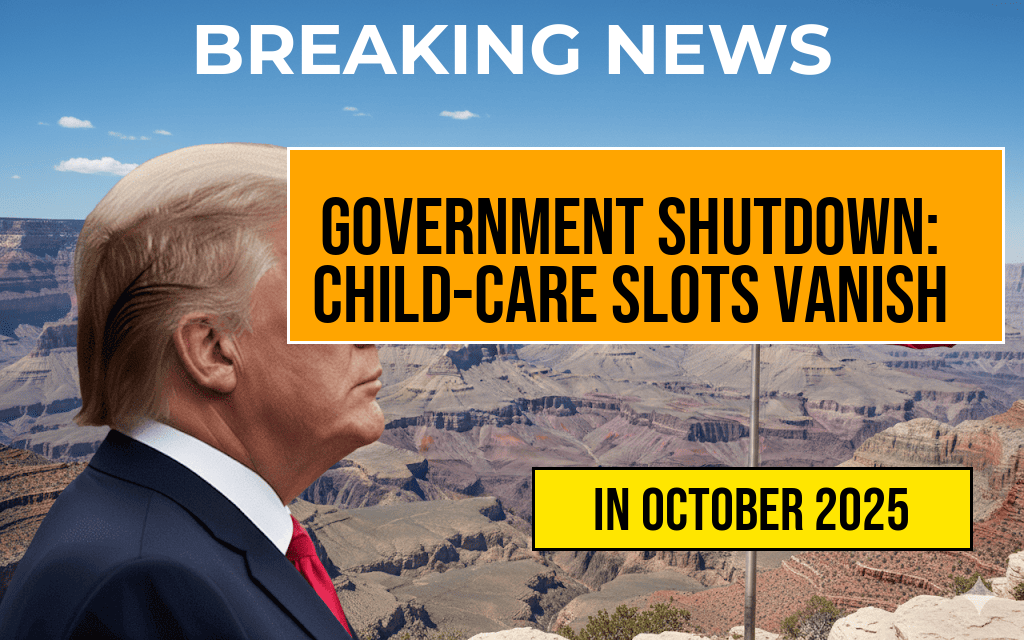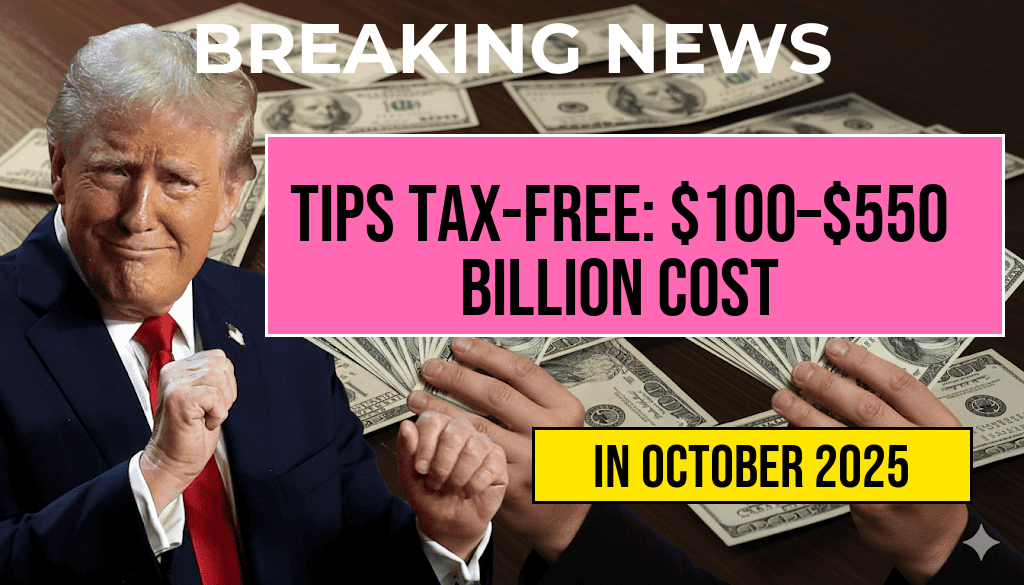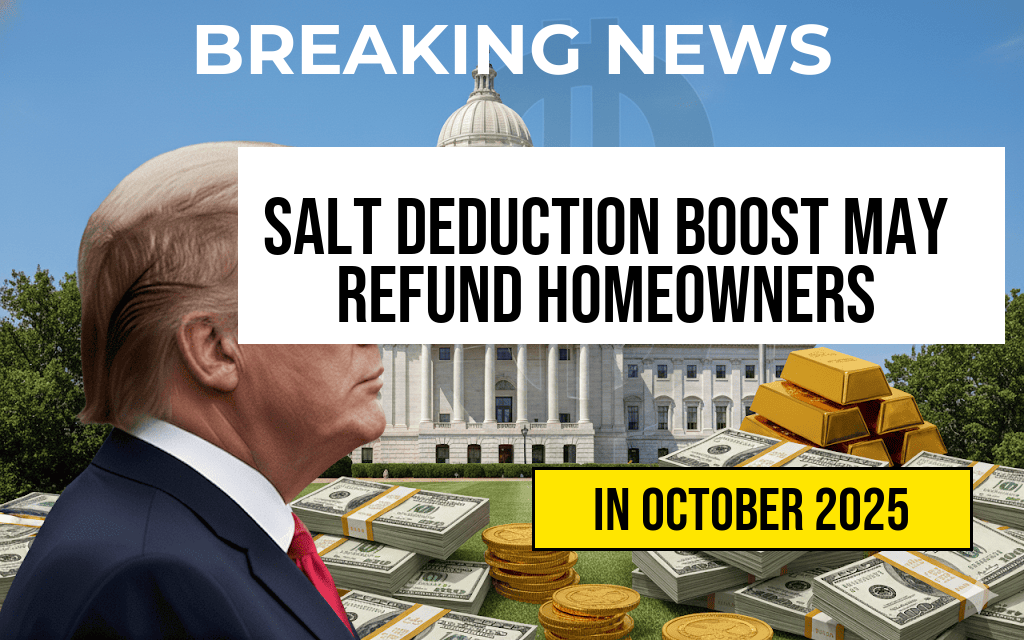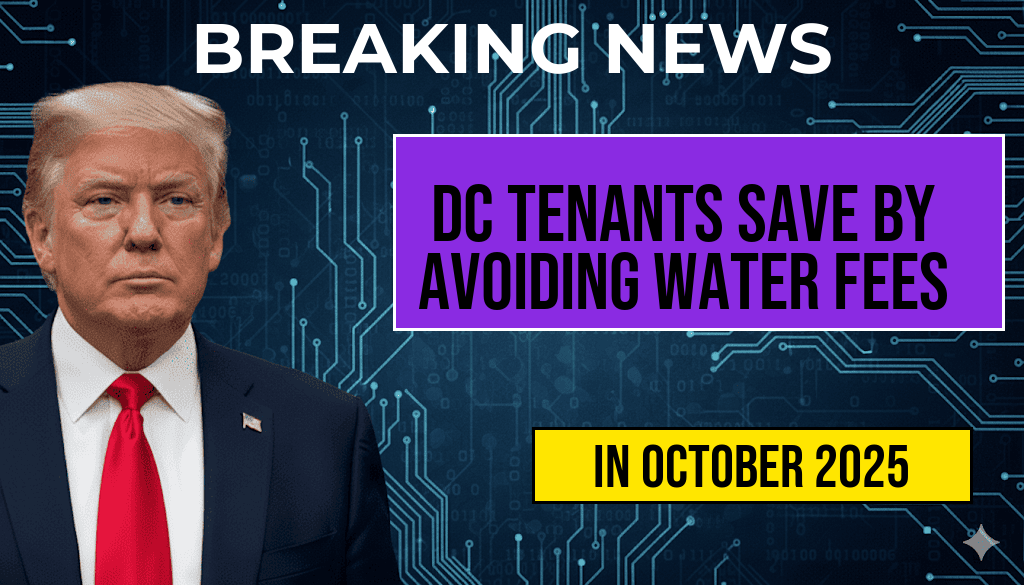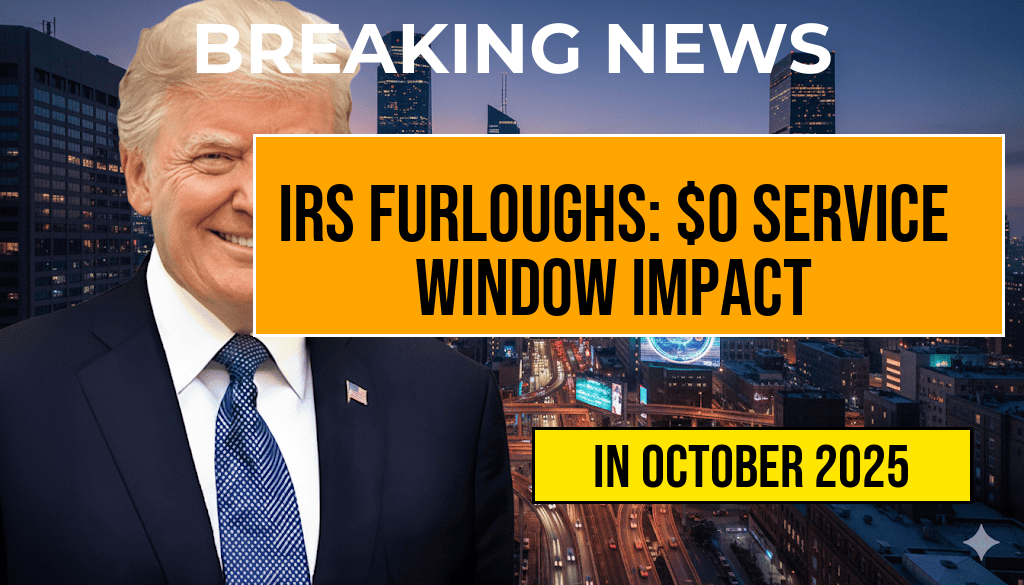The potential shift to make tips tax-free in the United States has ignited a heated debate among lawmakers, economists, and the service industry. A recent analysis estimates that the economic implications of such a policy change could result in a staggering cost of between $100 billion and $550 billion over the next decade. Advocates argue that eliminating taxes on tips could significantly benefit workers in lower-wage industries, while critics warn of substantial revenue losses that could affect public services. The proposal raises questions about equity, the role of government in regulating income, and the broader implications for the economy.
Understanding the Proposal
The idea of making tips tax-free is gaining traction primarily among service industry workers, including waitstaff, bartenders, and delivery drivers. Proponents argue that these workers often rely heavily on tips to supplement their incomes, which can be particularly low in minimum wage states. By removing taxes on these earnings, supporters believe that workers could take home a larger share of their income, thereby improving their financial stability.
Economic Impact of Tax-Free Tips
According to a report from the Tax Policy Center, the financial ramifications of implementing tax-free tips are immense. The estimated cost of this policy could range from $100 billion to $550 billion over a ten-year period, depending on how it is structured and the overall response from the workforce. This figure encapsulates lost tax revenue from federal, state, and local governments, which could lead to budgetary constraints affecting essential services such as education and infrastructure.
Supporters’ Perspective
- Increased Take-Home Pay: Advocates argue that eliminating taxes on tips would provide workers with a significant income boost, allowing them to better support their families.
- Incentivizing Service: By increasing the net income of tipped workers, proponents believe that service quality may improve, benefiting both businesses and consumers.
- Equity Considerations: Many workers in tipped positions are from marginalized communities and may face economic challenges; tax-free tips could help level the playing field.
Critics’ Concerns
- Loss of Tax Revenue: The substantial tax revenue lost due to tax-free tips could lead to cuts in public services, impacting education, healthcare, and social welfare programs.
- Potential for Abuse: Some critics express concern that making tips tax-free could encourage underreporting of income, complicating tax enforcement and compliance.
- Economic Disparities: There are fears that this policy could create a larger gap between workers in the service industry and those in other sectors, potentially exacerbating existing income inequality.
Case Studies and Data Analysis
Examining other countries that have implemented similar policies can provide valuable insights. For instance, in countries where tipping is less common and service charges are included in bills, the overall economic landscape appears more stable with less reliance on variable income. Furthermore, the taxation of tips varies widely by jurisdiction in the U.S., with some states imposing stricter regulations than others. A comprehensive analysis of these systems could inform U.S. policymakers as they consider the feasibility of tax-free tips.
Legislative Movement
Currently, several bills related to the taxation of tips are under discussion in Congress. Some lawmakers are advocating for pilot programs to assess the implications of tax-free tips before implementing nationwide changes. As the debate unfolds, it is clear that any changes to the taxation of tips will require careful consideration of the economic and social consequences.
Conclusion
The discussion surrounding the potential for tax-free tips highlights broader issues of income equality, economic stability, and government responsibility. With projections indicating that the cost could reach as high as $550 billion, stakeholders across the spectrum are weighing the benefits against the financial burdens. As legislative bodies continue to evaluate this proposal, it is essential for policymakers to consider both the immediate impacts on service industry workers and the long-term effects on the economy as a whole.
Frequently Asked Questions
What does it mean for tips to be tax-free?
Making tips tax-free means that employees would not have to report their tip income when filing their taxes, which could potentially increase their take-home pay.
How much could the tax-free tips policy cost the government?
The estimated cost of implementing a tax-free tips policy could range from $100 billion to $550 billion, depending on various factors such as the number of employees affected and the average tip income.
Who would benefit from tax-free tips?
Primarily, service industry workers, such as waitstaff, bartenders, and taxi drivers, would benefit the most from a tax-free tips policy, as they often rely heavily on tips for their income.
What are the potential downsides of making tips tax-free?
One potential downside is the significant loss of tax revenue for the government, which could affect public services and programs funded by these taxes.
Are there any existing proposals regarding tax-free tips?
Yes, there have been various proposals put forth by lawmakers and advocacy groups aimed at making tips tax-free, but the feasibility and public support for these proposals vary.


